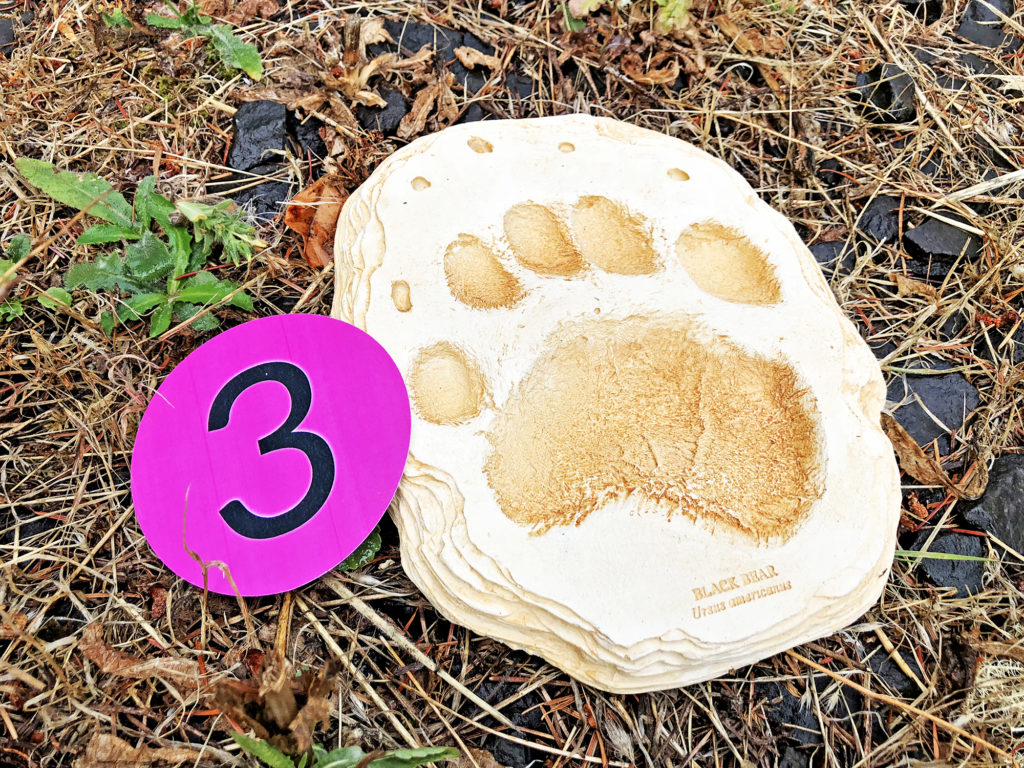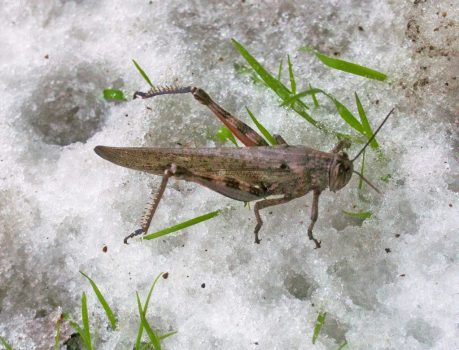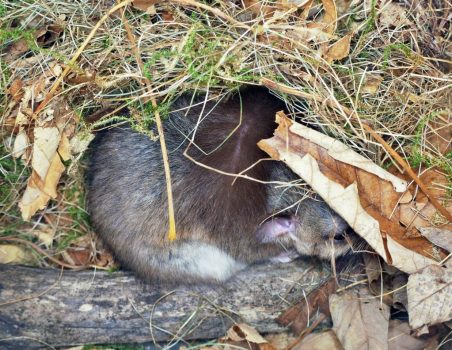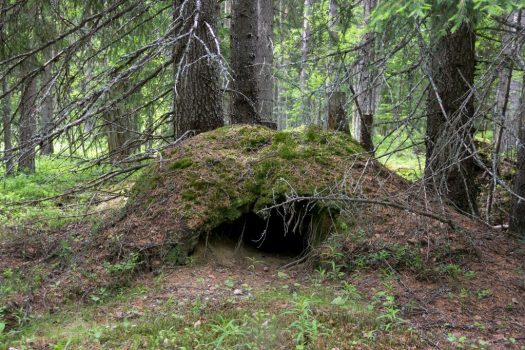
Dormancy
Dormancy
Seasonal changes can dramatically impact survival with changing moisture, temperature, and food availability.
Learning Outcome: Describe how seasonal changes lead to aestivation and hibernation behaviors.


If shifts in seasonal weather are extreme: hot, cold, dry, or wet; animals may go dormant during the harshest months. Dormancy is decreasing overall activity, which reduces metabolism (cellular activity) to the point at which an animal may not need to eat or drink for weeks, even months, at a time.
This video introduces why seasons change and how animals can react to extreme changes.
Watch this video; you can select the closed captioning “cc” option if you would like to see the text.
Does the cause of changing seasons make sense? If not, here are two additional videos that may help.
One of the signs of spring in parts of the world far from the equator is the return of migratory birds to their breeding grounds.
In our area of the Willamette Valley, large flocks of robins return in early spring,

It is basic field practice to not disturb a dormant animal. In the case of rodents like the dormouse or hibernating insects, prematurely waking from a dropped level of metabolism can utilize so much of the animal’s energy reserves that it may not survive the dormant period.
And of course it never makes sense to disturb a bear. Many people are not aware that they can quickly waken from deep sleep. Although if you have seen bears in the winter, you may be aware that some species occasionally break hibernation to forage in the snow and drink water.
The photo is a bear den. Anything this large and well maintained is worth avoiding.

Lady Beetles and Aestivation
Some insect species in regions with hot and dry summers aestivate to avoid desiccation (drying out).
This video introduces lady beetles and aestivation.
This video discusses the lady beetles as they are emerging out of aestivation around our cargo container.
You may be wondering how the lady beetles “know” when to emerge, or how other animals know when to hibernate or migrate. The next section takes a closer look at hormones and how they are triggered by environmental cues and can impact animal behaviors.











